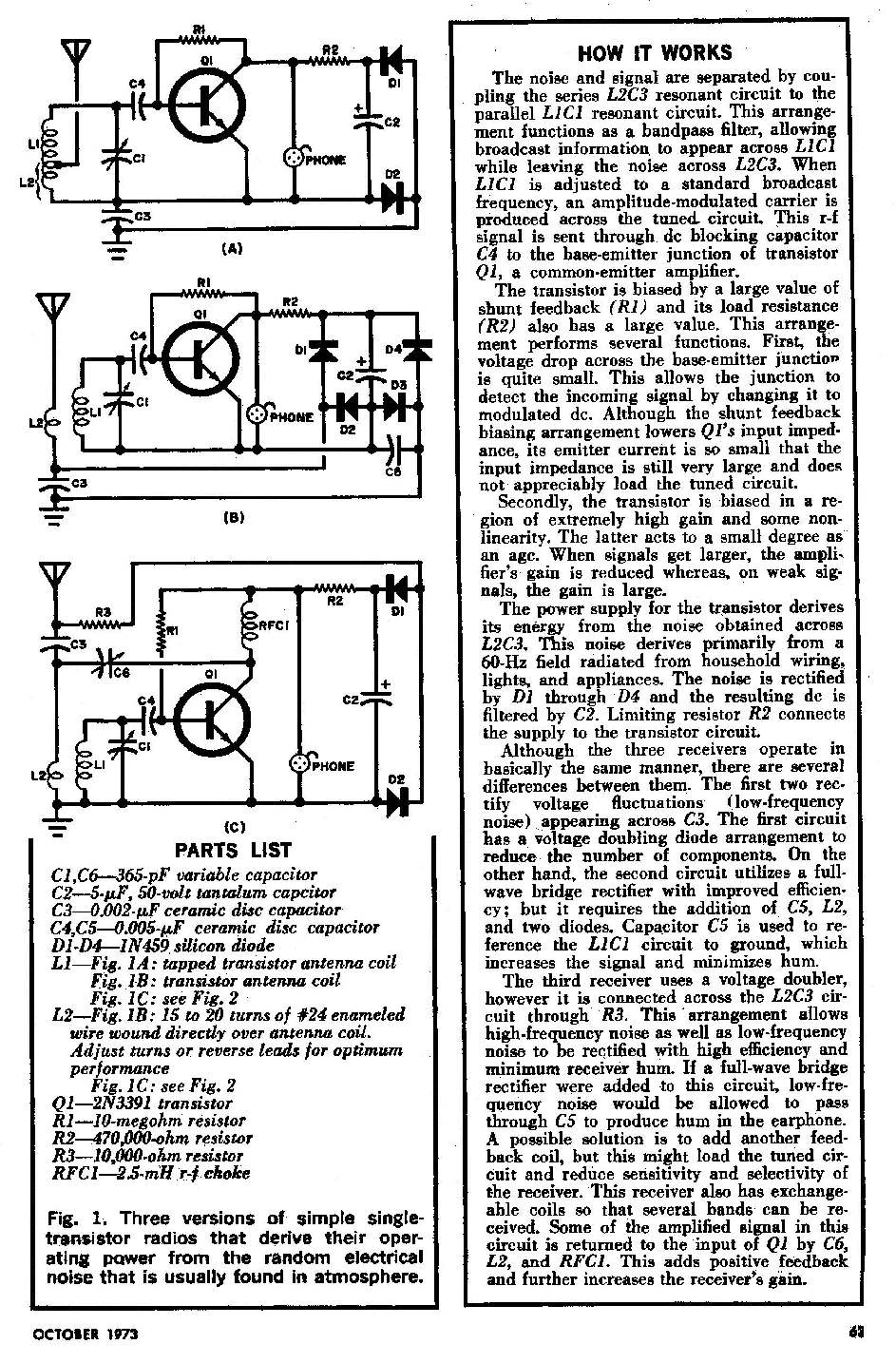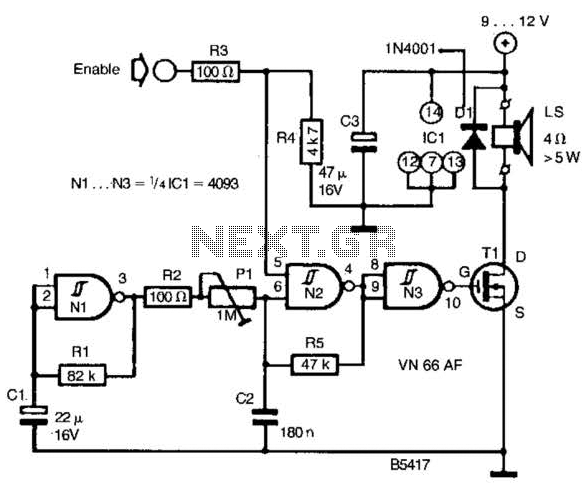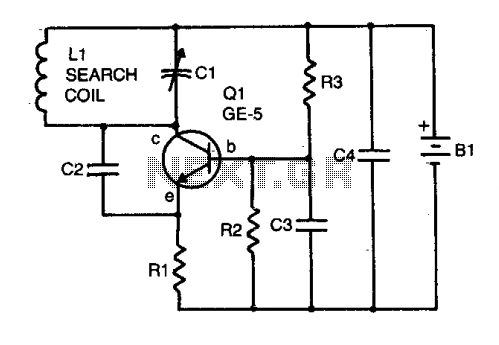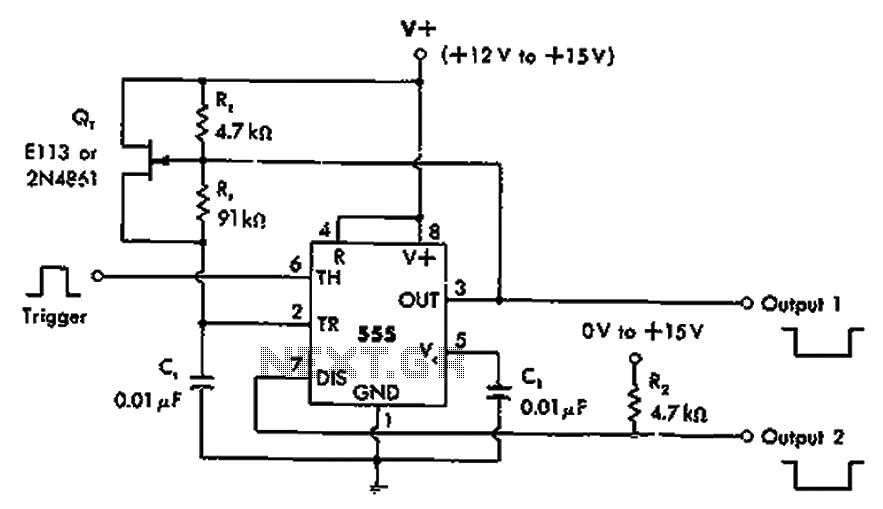
3 Band graphic equalizer circuit
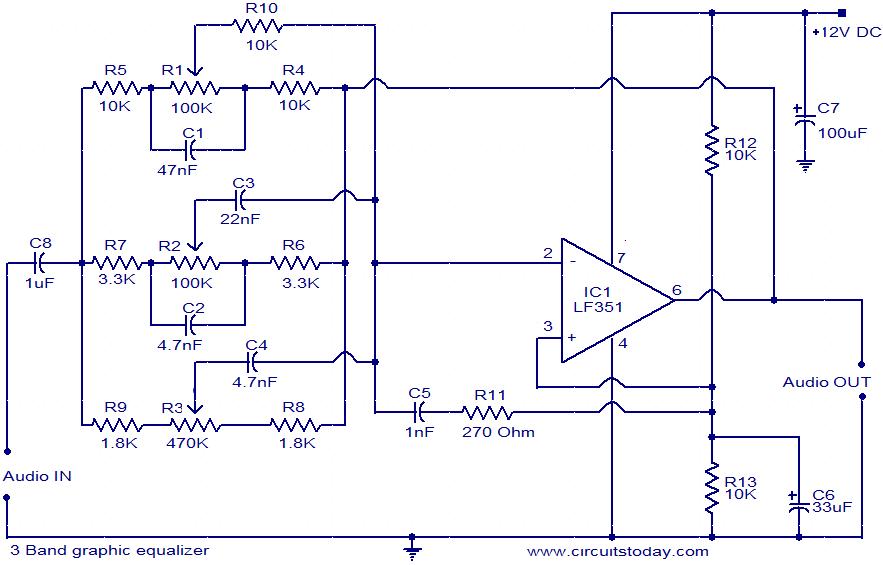
This document presents the circuit diagram of a simple three-band graphic equalizer that utilizes a single integrated circuit (IC) and a few additional components. The IC employed in this design is the LF351, which is a wide bandwidth single JFET operational amplifier. The high input impedance of the LF351 ensures compatibility with various audio signal sources. In this configuration, the operational amplifier is set up as an inverting amplifier. The input audio signal is directed to the inverting input of the op-amp through a filter network. This filter network is capable of providing a gain adjustment of ±20 dB for three distinct frequency bands: 50Hz, 1kHz, and 10kHz. Potentiometers R1, R2, and R3 are implemented to allow for the adjustment of gain for each of the respective frequency bands.
The circuit operates by utilizing the LF351 operational amplifier, which is known for its low noise and high bandwidth characteristics, making it ideal for audio applications. The inverting amplifier configuration ensures that the output signal is inverted relative to the input, which is a typical requirement in equalizer circuits to maintain signal integrity while allowing for gain adjustments.
The filter network consists of passive components, including resistors and capacitors, designed to create bandpass filters centered around the specified frequencies. Each bandpass filter is tuned to either enhance or attenuate the audio signal within its designated frequency range. The use of potentiometers for R1, R2, and R3 allows for user interaction, enabling the fine-tuning of the audio output according to personal preferences or specific acoustic environments.
In practical applications, this three-band graphic equalizer can be integrated into audio processing equipment, such as mixers, amplifiers, or home audio systems, providing users with the ability to customize sound output effectively. The circuit design promotes simplicity and efficiency, making it accessible for both amateur and professional audio engineers. The overall design emphasizes reliability and performance, ensuring that the audio quality is preserved while allowing for significant control over the frequency response of the audio signal.Here is the circuit diagram of a simple 3 band graphic equalizer circuit using a single IC and few components. The IC used here is LF 351 which is a wide bandwidth single JFET operational amplifier. The high input impedance of the IC makes this circuit compatible with most of the audio signal sources.
The opamp is wired as an inverting amplifier. The input signal is fed to the inverting input of the opamp via the filter network. The filter network can produce a +/- 20 dB enhancement or cut on the three frequency bands 50Hz, 1KHz and 10KHz. POTs R1, R2 and R3 can be used for adjusting the gain of the different bands. 🔗 External reference
The circuit operates by utilizing the LF351 operational amplifier, which is known for its low noise and high bandwidth characteristics, making it ideal for audio applications. The inverting amplifier configuration ensures that the output signal is inverted relative to the input, which is a typical requirement in equalizer circuits to maintain signal integrity while allowing for gain adjustments.
The filter network consists of passive components, including resistors and capacitors, designed to create bandpass filters centered around the specified frequencies. Each bandpass filter is tuned to either enhance or attenuate the audio signal within its designated frequency range. The use of potentiometers for R1, R2, and R3 allows for user interaction, enabling the fine-tuning of the audio output according to personal preferences or specific acoustic environments.
In practical applications, this three-band graphic equalizer can be integrated into audio processing equipment, such as mixers, amplifiers, or home audio systems, providing users with the ability to customize sound output effectively. The circuit design promotes simplicity and efficiency, making it accessible for both amateur and professional audio engineers. The overall design emphasizes reliability and performance, ensuring that the audio quality is preserved while allowing for significant control over the frequency response of the audio signal.Here is the circuit diagram of a simple 3 band graphic equalizer circuit using a single IC and few components. The IC used here is LF 351 which is a wide bandwidth single JFET operational amplifier. The high input impedance of the IC makes this circuit compatible with most of the audio signal sources.
The opamp is wired as an inverting amplifier. The input signal is fed to the inverting input of the opamp via the filter network. The filter network can produce a +/- 20 dB enhancement or cut on the three frequency bands 50Hz, 1KHz and 10KHz. POTs R1, R2 and R3 can be used for adjusting the gain of the different bands. 🔗 External reference
